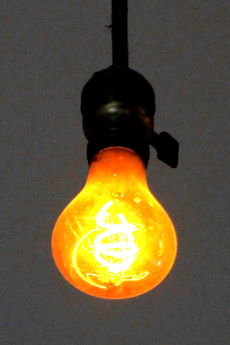Light study shows bright risk
 Research has revealed the importance of our daily rhythms.
Research has revealed the importance of our daily rhythms.
A new Danish study has found a range of negative health consequences stemming from the lack of a natural light-dark sleeping cycle.
It showed that mice kept under conditions of constant light experienced pro-inflammatory activation of the immune system, muscle loss, and early signs of osteoporosis.
The researchers say that the observed physiological changes indicated “frailty” as is typically seen in people or animals as they age.
While the study used mice as test subjects, the researchers say the findings will be relevant in assessing risks for humans who sleep in well-lit environments, such as hospital patients, night-shift workers and aged-care residents.
To investigate the relationship between a loss of the light-dark cycle and disease, researcher Johanna Meijer and colleagues at Leiden University Medical Center in the Netherlands exposed mice to light around the clock for 24 weeks and measured several major health parameters.
Studies of the animals' brain activity showed that the constant light exposure reduced the normal rhythmic patterns in the suprachiasmatic nuclei (SCN) - brain's central circadian pacemaker - by 70 per cent.
But there was some more encouraging news, too.
“We subsequently showed that these negative effects on health are reversible when the environmental light-dark cycle is restored,” Meijer says.
The disruption to normal light and dark patterns and the circadian rhythm led to a reduction in the animals' skeletal muscle function.
Their bones showed signs of deterioration, and the animals entered a pro-inflammatory state normally observed only in the presence of pathogens or other harmful stimuli.
After the mice were returned to a standard light-dark cycle for 2 weeks, the SCN neurons rapidly recovered their normal rhythm, and the animals' health problems were reversed.
“We used to think of light and darkness as harmless or neutral stimuli with respect to health,” Meijer says.
“We now realise this is not the case based on accumulating studies from laboratories all over the world, all pointing in the same direction.
“Possibly this is not surprising as life evolved under the constant pressure of the light-dark cycle. We seem to be optimized to live under these cycles, and the other side of the coin is that we are now affected by a lack of such cycles.”
The bottom line, according to the researchers is “light exposure matters”.
They say they now plan to perform more in-depth analysis of the influence of distorted light-dark cycles on the immune system.








 Print
Print